What does the word “IN-BRED” mean in dogs?
I bet this conjures up a visual image of an extra toe or tail—but it’s MUCH deeper than that when you ask the professional breeder about what this term implies– and what it really means. Strap on your ‘knowledge craving’ part of your brain and here we go into my world!
(CLICK ON ANY OF THE IMAGES TO ENLARGE!)
As breeders, we spend a lifetime’s work building our bloodlines so that we have not just the AKC breed standard, but also passing health clearances going back at least 5 generations.
But, just like the word “over-bred”, we often hear “in-bred” as well! Questions like, “they aren’t in-bred, right?”… oh goodness…
So, there is the obvious—father bred to daughter, brother bred to sister, mother bred to son, or breeding two dogs with a relative in the past 1-2 generations— if done accidentally or on purpose, you might get the best of the best traits, but, you’ll mostly get the worst of the worst.
Did you ever wonder HOW in the world people developed the tons of breeds we recognize as “purebred” today? What the process took, and how professional breeders pour over pedigrees until we practically memorize them? Well, it’s because, first of all, we know it’s our bitch line (sorry, it’s the accurate term for a female dog, used openly in the show and breeding world, no offense meant by using it!) that is the most important to your breeding program. Especially these days when you can get fresh shipped semen from any champion dog around the world. So this is the purebred breeder’s first job. Out of these girls, the breeder will then select the best of the best stud dog that BEST COMPLIMENTS that girl. For instance, if your girl has a bit of a soft topline, you need a stud dog with a strong topline that you could eat a banquet off of! (I was actually told that by a breeder judge one time— funny comment! But flattering all the same)
As you may know, many breeds were combined over many years, selectively keeping pups from the characteristics they wanted and breeding those generation after generation until you get what you want— CONSISTENTLY. The goal of every professional reputable breeder is predictability and consistency. A litter should not be “all over the board” in size, type, or build.
As I attend conferences at Labrador Specialties all over the country, I listen to seminars of these breeders who have bred for over 40-50 years, and some are even second generation– so they did it even longer under the tutelage of a parent or mentor. Over and over and over we hear the magic “mix” is grandfather to granddaughter! That would fall into what we call “line-breeding”. Now, obviously this is not needed all the time– or even possible always… and only reserved for the best of the best dogs out there that you really want to keep traits from. It’s really something left to the most expert breeders (and even with 35 years under my hat, there are others out there with TWICE the years of experience! So, I will never stop learning!! And I rely on them for breeding choices too!)
The problem with the “ideal” is that sometimes the girl is too old before she is able to breed to her grandson –if we flipped the cards–(also acceptable), just not as easy. It’s easier to breed granddaughter to her grandfather because they can both, most likely, still be alive, and in prime breeding age and shape. Or, there can be frozen semen stored from.
But, in general, we try to breed “type to type” which means we don’t breed two dogs who are vastly different. We try to match “type” or combine characteristics that will produce even better dogs the next generation! Many of us keep notes of pups we see out of stud dogs we may shop for– AND THE PAIRING OF OUR OWN BREEDINGS most importantly– to keep detailed records. Or in often our case, we are breeding our own stud dogs at Endless Mt. Labradors as well as selectively, and very carefully, bringing in only certain lines we know are tried and true that we trust, we’ve seen their offspring, and are we familiar with! We don’t want to “mess with” the Labrador “type” found here at EML. It’s signature to our kennel. So that takes a LOT of planning and thought…
So, although it’s all great for me to sit and write about the “theory,” how do you do it?
According to expert, historical, and professional Labrador Breeder, Mary Roslin Williams- “I do think there is one thing that every top breeder will agree on and that is that to produce a good strain of ‘good ones’ you must carry out a degree of line-breeding.”
We breeders almost HATE to go outside our lines as we never know what some other breeder “let go” and then we would be left to dealing with it (really! It’s hard to trust!). This is called “out-crossing” because you introduce a dog that contains none of your own line or “type” whatsoever, and none appear in the bitch’s pedigree in the first 4-5 generations. So you can get the GREAT characteristics you want, but not see the hidden ‘surprises.’
For instance, if you bred a field dog to an English Lab you’d get purebred labs, but the “type” would be all over the place. On average, it would be mostly taking on the characteristics of the American Lab, with a couple in the middle, and maybe one or two resembling the English lines.
Mary goes on to say, “Line breeding is a gathering of lines leading back in 3-4 generations to a known good dog or bitch with the rest of the names being outcross names. A line-breed may go back as many as 5-6 generations. This is the best method of all, so long as you are sure of the goodness of the chosen dog or bitch to which you are line-breeding.” (page 79, “Reaching for the Stars, by Mary Roslin Williams) Mary also mentions that in the development of many breeds, ½ sister was bred to 1/2 brother, but again, nowadays, this is very rare! (And not something we would choose to do necessarily)
In-breeding so seldom happens anymore like it did while the purebred breeds were being established. I don’t ever hear about it— especially in a breed like the Labrador that has the widest gene pool of all breeds. You’d have to really TRY to in-breed. It’s just not needed, and you risk those negative traits carrying on.
The mistake of the “middle rung” breeder is breeding the “flavor of the month” stud dog that is currently winning in the showring, but has had no offspring to see, and he has no offspring also proven in the showring (as Mary categorizes breeders into ‘novice, middle, and advanced’) In my experience, this brings in AWFUL things– many times that dog is bred ONLY because it’s winning—you never hear about the hidden things like his mother’s temperament, entropion, cleft palette, and so on… So I have chosen the narrow road and don’t do this often at ALL unless I know the stud dog’s pedigree at least back 5 generations and it is LADEN with champions and grand champions.
The following are such sacred words by Mary that I could not just type them— here they are in her own voice: (click on images to enlarge and read)
In summation, I imagine you have seen the word “multi-purpose Labrador” on our website (www.emlabradors.com) and wondered what it meant. It means that the Labrador should also be able to do everything a Labrador does (And form must meet function). It should look the way a Labrador should look. Its temperament should be classic Labrador. No ifs, ands or (dog) butts about it!
-Donna Stanley, Founder, Endless Mt. Labradors, Aug 20,2021
Copyright: Donna Stanley, Endless Mt. Labradors, 2021. Images belonging to Endless Mt. Labradors must be used by permission or noted or referenced. All links in article must stay in if quoting any of EML’s blogs.

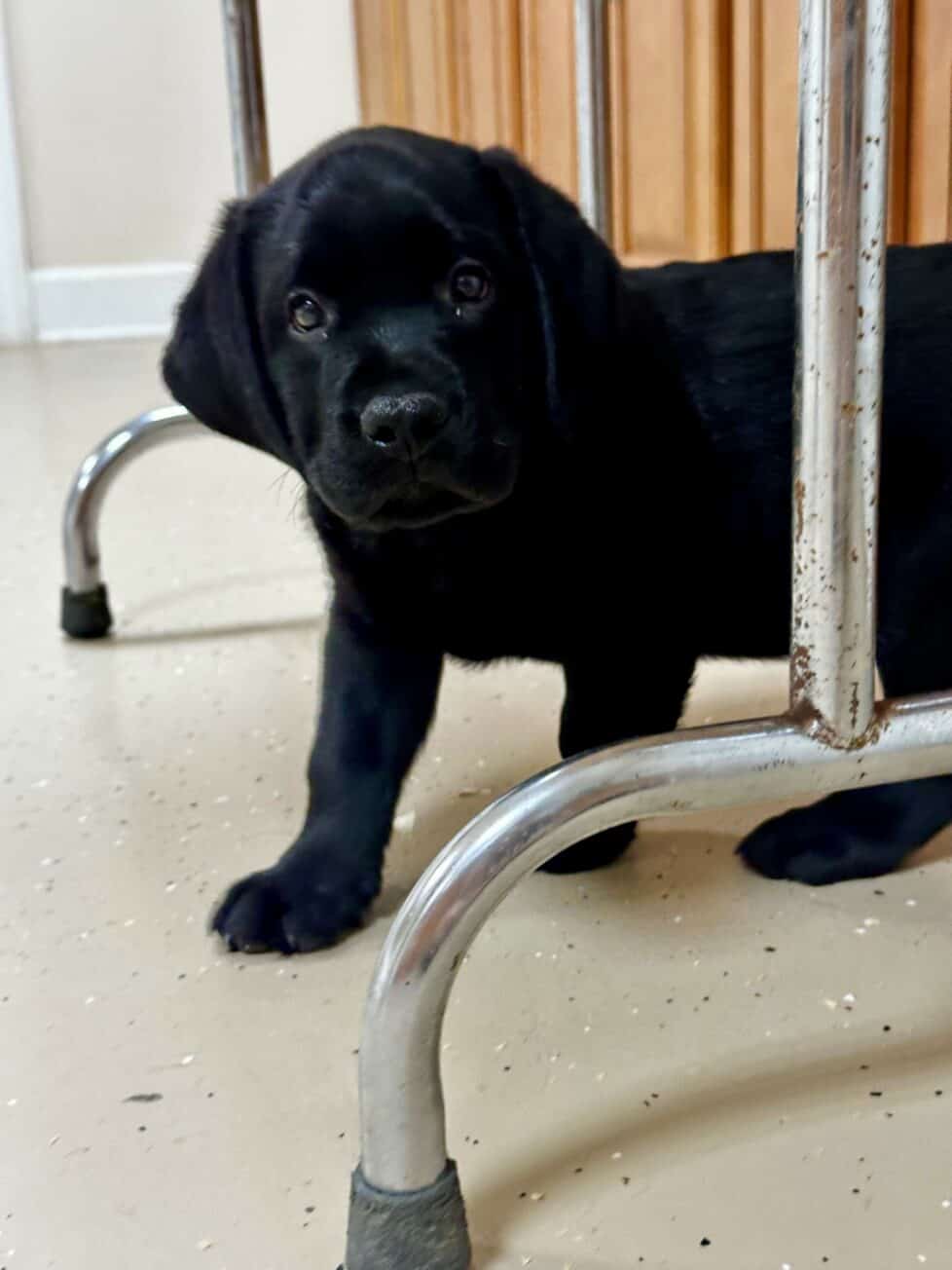
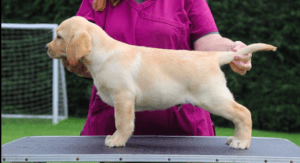
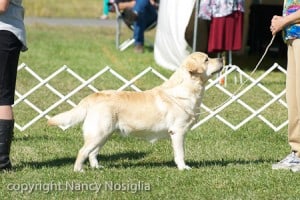
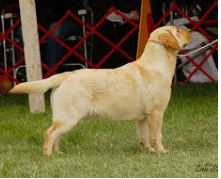

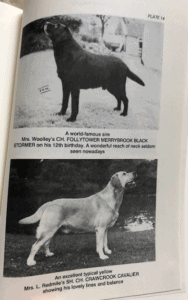
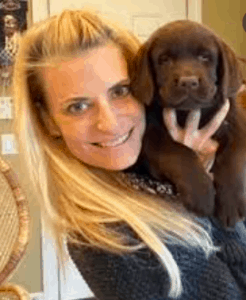
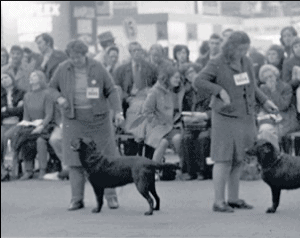
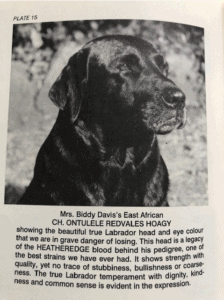
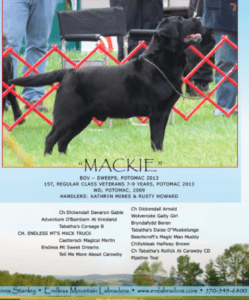
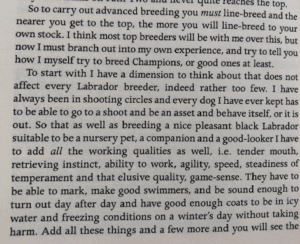
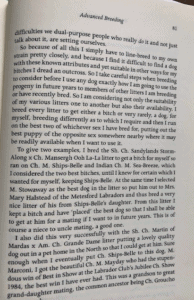

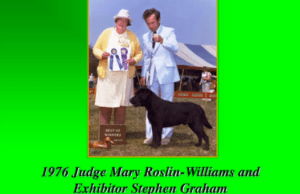
55 Comments